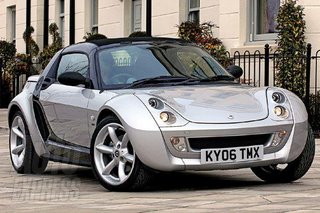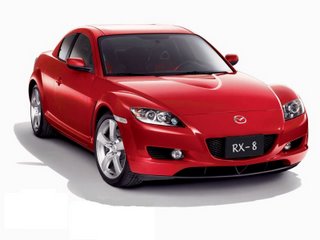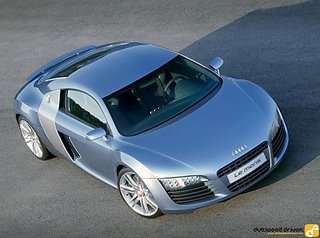



The Smart Roadster is a two-door microcar first introduced in 2003 by Smart GmbH. Unfortunately, sales of the Roadster and Roadster Coupé were below expectations, resulting in a halt of production of both models in November 2005 after about 43,000 Roadsters were made..
Legendary AC is set to make an historic return to UK production with the launch of a new sports car.
It's official! Legendary AC is set to make an historic return to UK production with the launch of a new sports car from industry group Project Kimber.
The announcement ends months of speculation about the true identity of the firm's top-secret two-seater, to be built at a factory in Wales.It's also been confirmed that the lightweight machine will be designed and engineered by some of the UK's most accomplished automotive experts. Gordon Murray, the South African-born designer responsible for the McLaren F1 road car, is involved, as is John Piper, who helped build the JCB Dieselmax land speed record machine. But while Project Kimber has revealed the names behind its new model, the exact specifications remain secret.However, it is set to be available as a roadster and coupé, based on the mid-engined, rear-wheel-drive Smart Roadster, production of which ended last year. The newcomer is expected to have a fresh power-plant and gearbox, plus a distinct original style created by Keith Helfet, who also worked on the Jaguar F-Type concept car. Production is due to start in 2007, and the maker hopes to build 8,000 examples of the AC every year. Prices have not yet been discussed by the company, although speculation has suggested a figure in the region of £13,000. The use of the AC name will not affect production of the AC MkV heritage sports car, which is assembled in small numbers in Malta.
Legendary AC is set to make an historic return to UK production with the launch of a new sports car.
It's official! Legendary AC is set to make an historic return to UK production with the launch of a new sports car from industry group Project Kimber.
The announcement ends months of speculation about the true identity of the firm's top-secret two-seater, to be built at a factory in Wales.It's also been confirmed that the lightweight machine will be designed and engineered by some of the UK's most accomplished automotive experts. Gordon Murray, the South African-born designer responsible for the McLaren F1 road car, is involved, as is John Piper, who helped build the JCB Dieselmax land speed record machine. But while Project Kimber has revealed the names behind its new model, the exact specifications remain secret.However, it is set to be available as a roadster and coupé, based on the mid-engined, rear-wheel-drive Smart Roadster, production of which ended last year. The newcomer is expected to have a fresh power-plant and gearbox, plus a distinct original style created by Keith Helfet, who also worked on the Jaguar F-Type concept car. Production is due to start in 2007, and the maker hopes to build 8,000 examples of the AC every year. Prices have not yet been discussed by the company, although speculation has suggested a figure in the region of £13,000. The use of the AC name will not affect production of the AC MkV heritage sports car, which is assembled in small numbers in Malta.













































